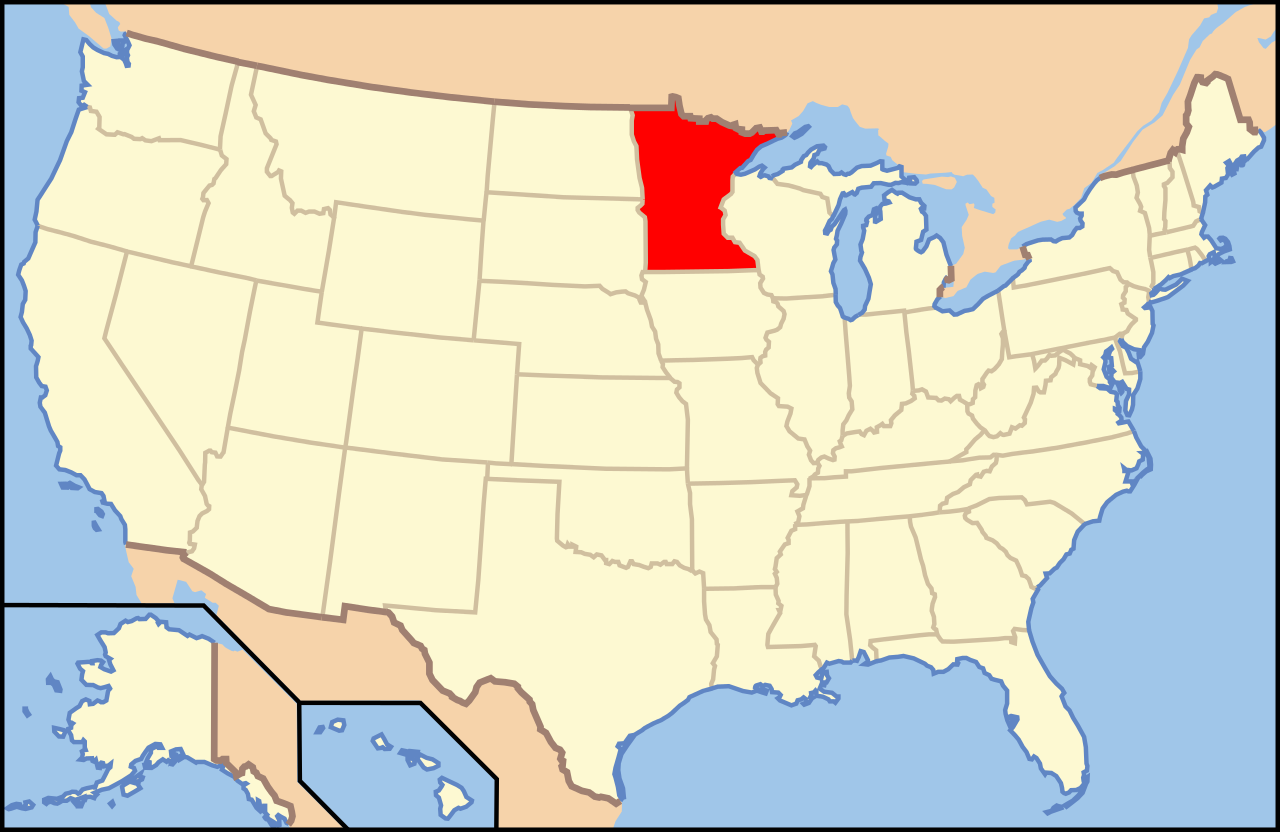|
Geotag (location) for: St Cloud: 45º32'3"N;94º10'18"W
S:t Cloud (MN) citySt. Cloud är en stad i Stearns County, Benton County och Sherburne County i delstaten Minnesota i USA. Staden har 65 842 invånare (2010). St. Cloud är administrativ huvudort (county seat) i Stearns County. Översikt
S:t Cloud city i Sterns och Benton och Sherburne counties i Minnesota i USA
Arkiv: Minnesota, United_States_Genealogy
HistorikWhat is now the St. Cloud area was occupied by various indigenous peoples for thousands of years. Voyageurs and coureurs des bois from New France first encountered the Ojibwe and Dakota through the highly profitable North American fur trade with local Native American peoples.
ÖvrigtStaden är uppkallad efter Paris-förorten Saint-Cloud. John L. Wilson, a Yankee homesteader from Columbia, Maine, with French Huguenot ancestry and an interest in Napoleon, named the settlement St. Cloud after Saint-Cloud, the Paris suburb where Napoleon had his favorite palace. |
består av
|
Användarverktyg
plats:us:saint-cloud.mn.city
plats/us/saint-cloud.mn.city.txt · Senast uppdaterad: 2024/04/03 01:27 av 127.0.0.1
